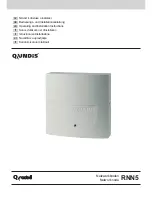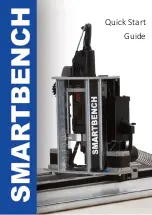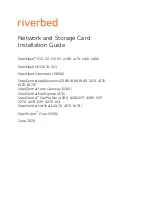
19
en - 5
E N G L I S H
• For optimum ease of operation, the carriage
return can be adapted to the required depth of
cut by rotating or sliding the knurled nut (9).
• Loosen the clamping screw (15).
• Rotate the handwheel (11) until the fine adjuster
(17) touches the revolver depth stop (20).
• Set the measuring lens to a round figure (e.g. 0).
• Adjust the depth of cut using the handwheel (11)
and the measuring lens (12). The distance
between the top of the revolver depth stop and
the bottom of the fine adjuster is the adjusted
depth of cut.
• Tighten the clamping screw (15).
Triple depth adjustment using the revolver depth
stop (fig. E)
The revolver depth stop (20) can be used to set
3 different depths. This is particularly useful for deep
cuts, performed in steps.
• Place a depth template between the fine adjuster
(17) and the revolver depth stop (20) to adjust the
exact cutting depth.
• If required, set all three screws.
Make shallow cuts only!
Fine adjustment (fig. F)
When not using a depth template, or if the depth of
cut needs readjustment, it is recommended to use
the fine adjuster (17).
• Adjust the depth of cut using the fine adjuster (17).
One turn corresponds to approx. 1 mm.
• Read the depth of cut using the measuring lens (12)
and scale (13).
• Adapt the depth of cut to the millimeter using
the handwheel (11).
Depth adjustment with Router installed in inverted
position (fig. D)
• Remove the cap nut (27) and the knurled knob (9)
and replace it with the depth adjuster (DE6966)
available as an option.
• Connect the threaded rod of the new depth stop
to the threaded spindle (7).
• Set the depth of cut using the adjuster on the
new depth stop.
For installing the Router in inverted
position, refer to the relevant instruction
manual on the stationary tool.
Fitting the parallel fence (fig. A & G)
• Fit the guide rods (6) to the router base (21).
• Slide the parallel fence (19) over the rods.
• Tighten the locking bolts (5) temporarily.
Adjusting the parallel fence (fig. A & G)
• Draw a cutting line on the material.
• Lower the router carriage until the cutter is in
contact with the workpiece.
• Tighten the plunge lock (14) and limit the carriage
return using the knurled nut (9).
• Position the Router on the cutting line.
• Slide the parallel fence (19) against the workpiece
and tighten the locking bolts (5).
• Adjust the parallel fence using the fine adjuster (18).
The outer cutting edge of the cutter must
coincide with the cutting line.
• If required, loosen the screws (28) holding the
plastic guide strips (29) and adjust the strips to
obtain the desired guiding length.
Fitting the baseplate extension and trimming
plate (option) (fig. A & H)
When routing with large diameter cutters, it is
re-commended to fit the baseplate extension
(DE6268) (22) for secure handling. The trimming plate
(30) is used for trimming of projecting glued edges.
• Fit the baseplate extension to the free end of the
guide rods (6).
• Guide the tool with one hand on the knob (23)
and the other on the opposite grip (10).
• For trimming projecting glued edges, fit the
trimming plate (30) to the baseplate extension as
shown in figure H.
The trimming plate can be fitted directly next to the
cutter and ensures optimim guidance.
Fitting a guide bush (fig. J)
Together with a template, guide bushes (DE6430) play
a valuable part in cutting and shaping to a pattern.
• Fit the guide bush (31) to the router base (21)
using the screws (32) as shown.
Содержание DW625E
Страница 1: ...93 DW625E ...
Страница 3: ...97 A1 17 15 16 18 19 20 21 4 3 5 6 2 12 13 11 14 9 10 8 7 1 4 ...
Страница 4: ...98 A2 B C 1 14 23 22 3 3 24 4 3 25 ...
Страница 5: ...99 D 20 17 F G H 11 17 13 12 E 8 26 9 1 7 27 23 30 22 18 19 29 8 28 ...
Страница 96: ...91 ...
Страница 97: ...92 ...
Страница 98: ...94 J L K 31 21 32 37 36 33 35 38 34 ...
Страница 99: ...95 ...
















































